Rogue Wave Makes Terrifying History As Largest On Record
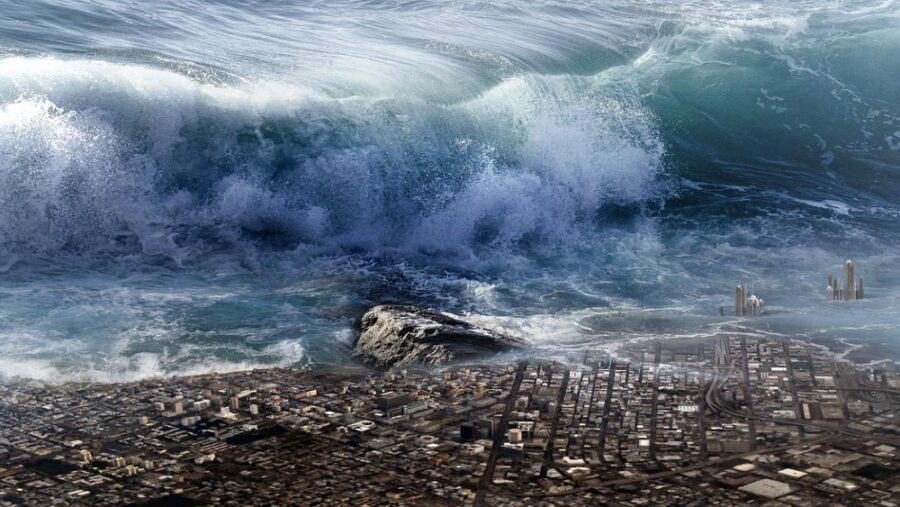
Seafarers and players of Assassin’s Creed IV: Black Flag may already be familiar with the concept of rogue waves, which are unusually large and highly unpredictable currents manifesting in massive choppy waters. Per a recent report in Science Alert, the single most extreme rogue wave ever recorded appeared in the Pacific Ocean in November of 2020, resulting in record heights of 58 feet. Per reports, the wave appeared off the coast of British Columbia, seemingly out of nowhere, and has since been dubbed the Ucluelet wave due to its proximity to Ucluelet, Vancouver.
Largest Wave Ever Reached 85 Feet In The Air
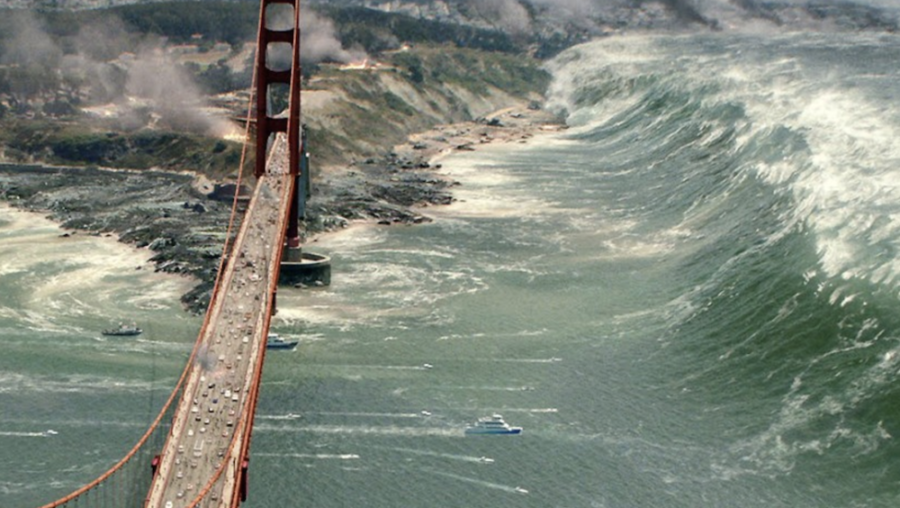
Though reports indicated the existence of the rogue wave in 2020, researchers didn’t officially confirm the four-story high water wall until February of 2022, when scientists finally concluded their long-form study of nautical data in the region.
Waves of this kind were previously believed to be folklore shared by sailors and pirates, in the same vein as mighty Krakens and siren mermaids, before nautical researchers found conclusive evidence of the shipwrecking waves in 1995. That very year, an 85-foot-tall wave eclipsed an oil drilling platform off the coast of Norway, clocking in as the tallest rogue wave on record.
Why The Ucelet Wave Is So Significant
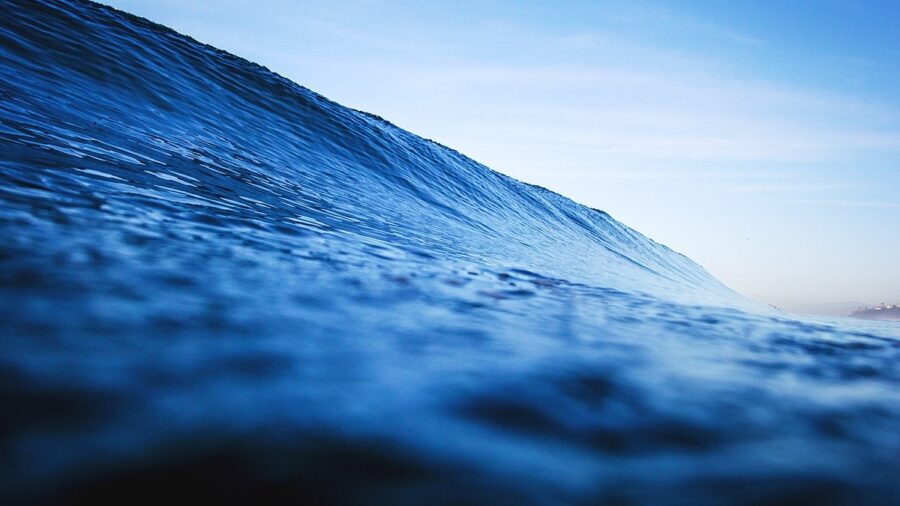
While the Norway wave may have been nearly twice as high as the Ucluelet rogue wave, the Ucluelet is still considered the most extreme due to its unprecedented size and velocity, relative to the calm waters surrounding it.
To put it into perspective, a thousand-foot-high building in the New York skyline would be extremely tall, but would appear less extreme from a skyline view than the same building in the plains of Kansas. The Ucluelet wave clocked in at over three times the size of other waves in the region, making it the most extreme example scientists have seen yet.
Rogue Waves Still Puzzle Scientists
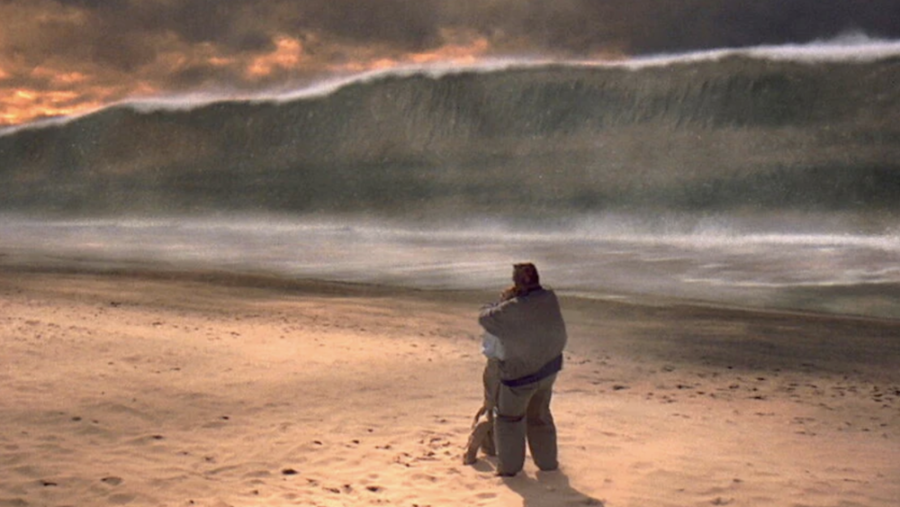
Perhaps the most terrifying thing about rogue waves is how little scientists actually understand them. After all, the deep-sea phenomenon was only confirmed to be real three decades ago and has since baffled researchers and ocean explorers alike. Running models of rogue waves and proximity sensing buoys have been constructed in order to simulate and learn more about the shipwrecking tidal waves.
The Dangers Rogue Waves Pose

The danger doesn’t end with naval vessels either, as rogue waves have been known to destroy oil rigs, wind farms, and other ocean-adjacent structures in their path. Some waves may even be responsible for rip currents, which can kill beachgoers.
According to reports, neither the Ucluelet wave nor the Norwegian wave of 1995 caused any significant damage or bodily harm, though the data surrounding the waves is certainly cause for concern. If a boat had been anywhere within the vicinity of these freak currents, it would have meant certain doom for any passengers on board.
It’s Only Going To Get Worse
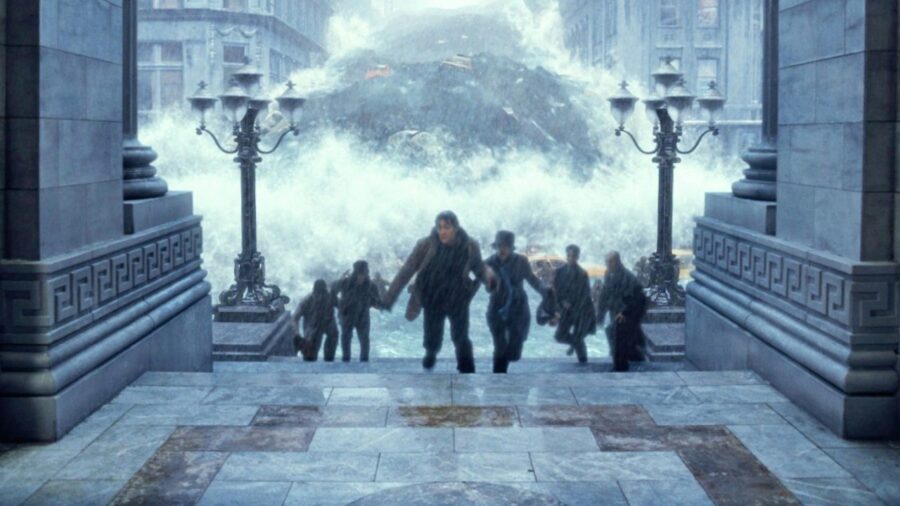
In fact, some ships that disappeared during the 1970s and earlier are now thought to be victims of unknown rogue waves, explaining the sudden disappearance of the crew and lack of floating wreckage from the vessels. As with most global issues, rogue waves are expected only to worsen as climate change ravages the planet’s resources and livability.
Researchers have warned in the wake of manmade climate disasters that the Ucluelet may not hold its title for long, as rogue waves are expected to become more frequent and more extreme in the coming years.












